Butylated Hydroxytoluene CAS 128-37-0
Synonyms: 2,6-Di-tert-butyl-4-methylphenol; BHT
Appearance: white crystals or crystalline powder
Capacity: 10000MT/year
Packaging:?25kg/bag
Sample: Available
related documents:
COA of Butylated Hydroxytoluene
TDS of Butylated Hydroxytoluene
Request for product documents
发送询盘
Description
Butylated Hydroxytoluene Quick Details
Chemical Name: Butylated Hydroxytoluene
Other Name: 2,6 Di-tert-butyl-p-cresol; BHT; 2,6-Di-tert-butyl-4-methylphenol; 2,6-Di-tert-butyl-p-kresol
CAS No.: 128-37-0
Molecular Fomula: C15H24O
Molecular weight: 220.35
Chemical Structure:
Appearance: white crystals or crystalline powder
Typical Properties
Item
Specifications
Results
Incipient melting point
??69.0??
69.7??
Free cresol
??0.015%(m/m)
0.006%(m/m)
Ash
??0.05%(m/m)
0.002%(m/m)
Moisture
??0.05%(m/m)
0.029%(m/m)
Conclusion
The results conforms with Enterprise standards
?
Butylated Hydroxytoluene Usage
2,6-Di-tert-butyl-4-methylphenol is a general phenolic antioxidant, which is usually used as a food antioxidant, and stabilizer to delay food spoilage in food-grade plastic and food packages.
It can also be used as an antioxidant in various lubricants, gasoline, paraffin, and various crude oil to prevent the increase of acid rate and viscosity. The recommended amount will be 0.1%-1.0%
Butylated Hydroxytoluene Packaging
25kg/bag
| 5 |
|
0 |
| 4 |
|
0 |
| 3 |
|
0 |
| 2 |
|
0 |
| 1 |
|
0 |
- 2
- 2-diallylpent-4-en-1-amine
- 4
- 95-16-9
- Ammonium sulfamate
- Benzothiazole
- cas:67889-00-3ح2
- cas:83524-75-8 | pigment black 32
- cas:928836-00-4 | 2
- cas:932745-70-5 | 4
- Chemical Minerals
- Coconut diethanolamide
- Daily Chemicals
- discount
- for sale
- General pvc resin
- hexyl D-glucoside
- in stock
- Lauramidopropyl betaine
- LAURIC ACID MONOETHANOLAMIDE
- Petroleum Additives
- Plasticiser
- Ploymers
- price
- PVC
- quotation
- Raw Materal
- Remove term: Petroleum Additives Petroleum Additive
- SODIUM ETHYL 2-SULFOLAURATE
Related Products
Microcrystalline cellulose is a purified, partially depolymerized cellulose that occurs as a white, odorless, tasteless, crystalline powder composed of porous particles. It is commercially available in different particle sizes and moisture grades that have different properties and applications.
Microcrystalline cellulose and carboxymethylcellulose sodium occurs as a white or off-white odorless and tasteless hygroscopic powder containing 5?C22% sodium carboxymethylcellulose. It is a water-dispersible organic hydrocolloid.
Chemical Name: D-PANTOTHENIC ACID
CAS No.: 79-83-4
Molecular Formula: C9H17NO5
Molecular Weight: 219.24
Appearance: Colorless or Light Yellow Oily Liquid
Chemical Name: Sunflower oil
Synonyms: Organic Sunflower Oil; Helianthus annuus oil
CAS No.: 8001-21-6
Appearance:?Yellow Liquid
Assay: ??99.0%
Chemical Name: Imazalil Sulfate
CAS No.: 58594-72-2
Molecular Formula: C14H14Cl2N2O.H2SO4
Molecular Weight: 395.26
Appearance: Solid
Chemical Name: LOCUST BEAN GUM
CAS No.:9000-40-2
Molecular Fomula: C10H11ClN2O2
Molecular weight: 226.65954
Appearance: Off-white to light beige solid
Chemical Name: Quercetin-3-O-sophoroside
CAS No.: 18609-17-1
Molecular Formula: C27H30O17
Molecular Weight: 626.52
Chemical Name: Potassium Castorate
CAS No.: 8013-05-6
Molecular Formula: C57H107K3O12
Molecular Weight: 1101.74718
Appearance: Yellow Liquid
Chemical Name: Polyglycerol-10 decanoate
CAS No.: 145268-65-1
Appearance:?Colorless to light yellow viscous liquid
Assay: 98%
Common English name: 5-iodo-2,3-dihydropyridazin-3-one
CAS No.: 825633-94-1
Molecular formula: C4H3IN2O
Molecular weight: 221.98
Sample: Available
Citric acid is a white, crystalline, weak organic acid present in most plants and many animals as an intermediate in cellular respiration. Citric acid contains three carboxyl groups making it a carboxylic, more specifically a tricarboxylic, acid.the name citrus originates from the Greek kedromelon meaning apple of melon for the fruit citron. Greek works mention kitron, kitrion, or kitreos for citron fruit, which is an oblong fruit several inches long from the scrublike tree Citrus medica. Lemons and limes have high citric acid content, which may account for up to 8% of the fruit’s dry weight.
Chemical Name: Zinc citrate
Synonyms: Zinc citrate trihydrate
CAS No.: 546-46-3
Molecular Formula: C6H8O7Zn
Molecular Weight: 257.5
Appearance: White powder
Chemical Name: Disodium Hydrogen Citrate Sesquihydrate
Cas No.: 6132-05-4
Appearance:?White Powder
Assay??99%


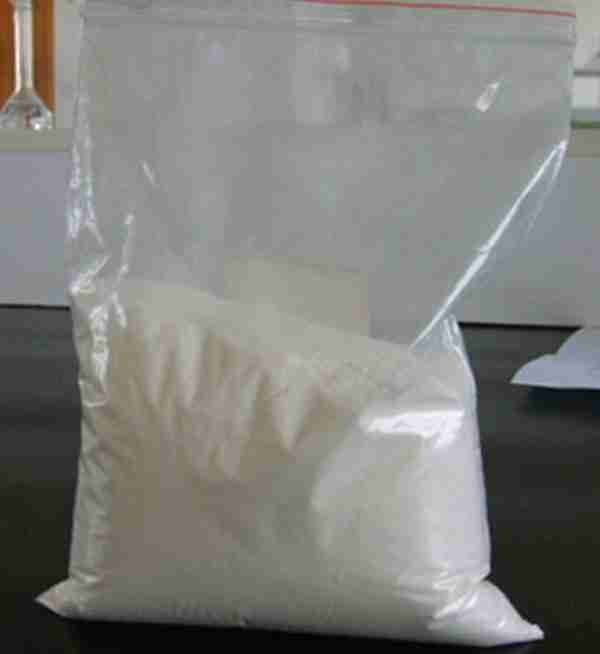


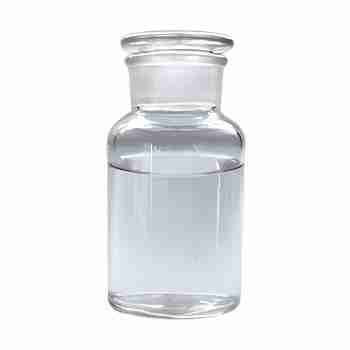
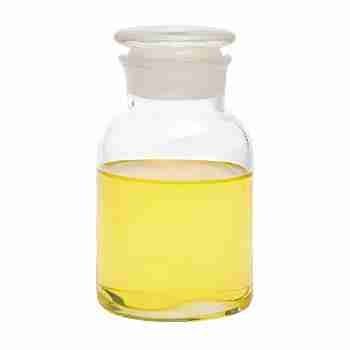

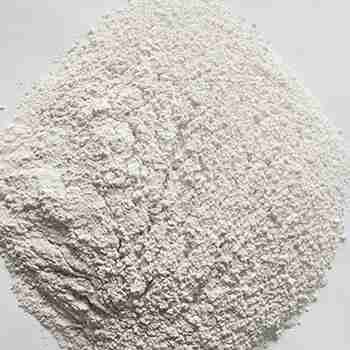


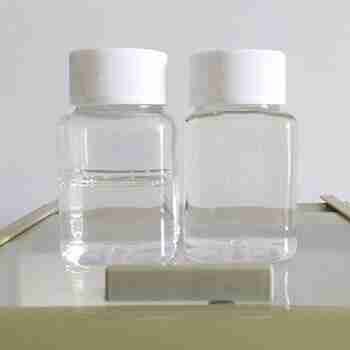

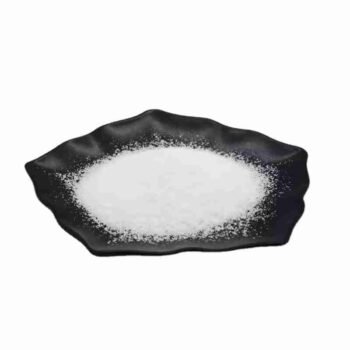

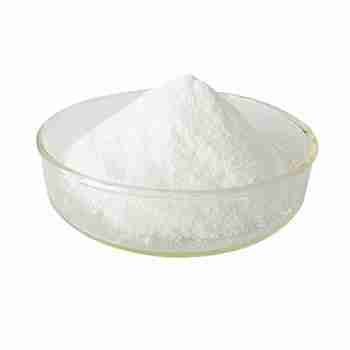



Reviews
There are no reviews yet.